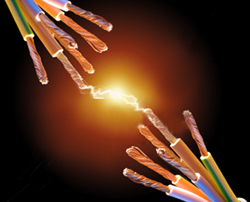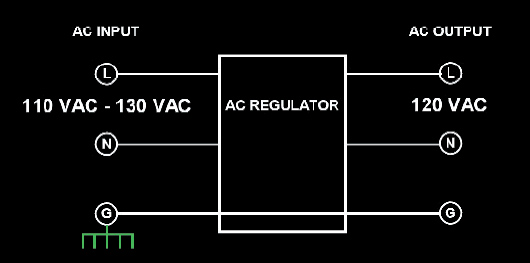
How We Hear It
Though it’s as important as ever to filter the RF bandwidth, it’s just as important to reduce noise in the audio band, particularly at 2 kHz to 20 kHz, where all the low-level harmonics occur.
For high quality audio, any noise in the upper octaves is devastating because of the way we hear music, along with the way that musical instruments work. (Figure 5)
For example, if we’re listening to music at our mixing console at an average level of 100 dB, most of the frequency content (at that amplitude) will be lower midrange and bass frequencies, and this will be primarily sustained energy.
However, the harmonics, upper partials of music, reverb-ambient information, percussive transient attacks and high-pitched instruments will be riding along at a FAR LOWER decibel level.
In fact, a great deal of information in these upper frequencies will be 20 dB, 40 dB, even 60 dB below the upper decibel level. This is how we hear music.
The reason a musician will pay a quarter of a million dollars for a Stradivarius violin, or the reason we can hear a significant difference between a Hamburg Steinway and a lesser grand piano is essentially the quantity and quality of harmonics that are typically very low in level compared with the fundamental tone.
We are capable of deciphering layers of information simultaneously, and often it’s these low-level sounds or signals that are most prized.

This is one of the reasons it’s important to have the headroom to raise volume levels well above the din of an audience. Comprehensive AC noise filtering can increase both dynamic range and audio quality.
Another valuable tool in the management of AC power is regulation, which essentially takes incoming voltages that are either too low or dangerously high and converts them into a constant, stable 120 volts. This is particularly important in systems where the incoming voltage is either continuously or intermittently above 125 volts or below 115 volts.
Low voltage can be particularly troublesome for power amplifiers because their rated power specifications are based on a constant 120 volts.
If incoming voltage ranges as low as 100 volts, a power amplifier will only produce a fraction of its rated power. urther, high voltage or poor power regulation can play havoc with video projectors.
If this equipment is fed from a generator, regulation can make the difference between a successful show and a rack full of broken equipment.
Transient In Nature
AC power regulators are designed to insure delivery of a constant 120 volts output (typically within +/- 4 volts). Because the load demands of live audio equipment are transient in nature, AC voltage feeds may be taxed.
Further, portable AC generators are designed to produce a constant voltage only when connected to a constant load. Thus your amplifier rack could be receiving 116 volts during an opening set only to surge up to receipt of a dangerous 135 volts during an acoustic set because the amps are not in heavy use.
Particularly under these variable live conditions, it’s clear that AC regulation is essential. Surge protection and under/over voltage shutdown circuits are certainly as important as they’ve ever been.
But further steps are required if we wish to reap the full potential of today’s advanced technologies. Without comprehensive AC power management, both sound quality and reliability can be seriously compromised.
Garth Powell works in engineering and technical support for Furman Sound.

